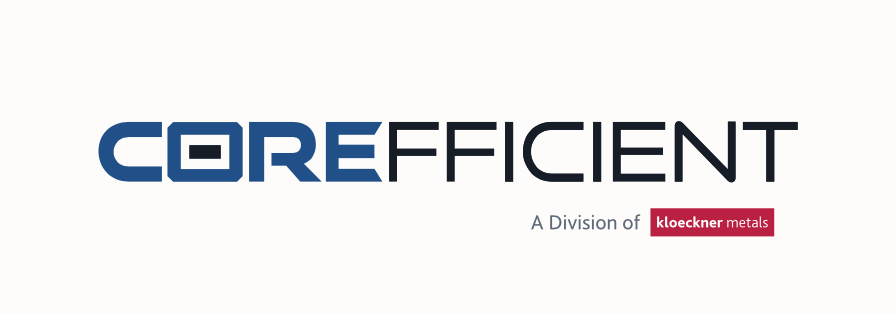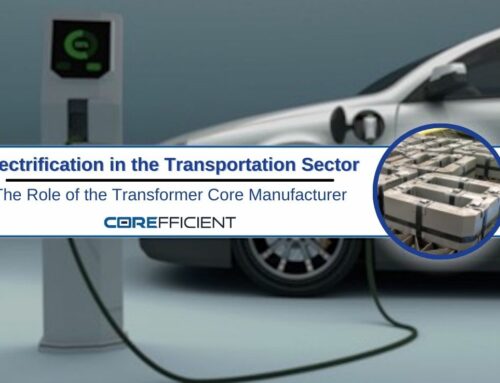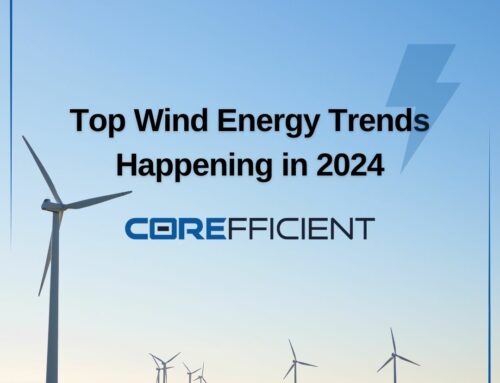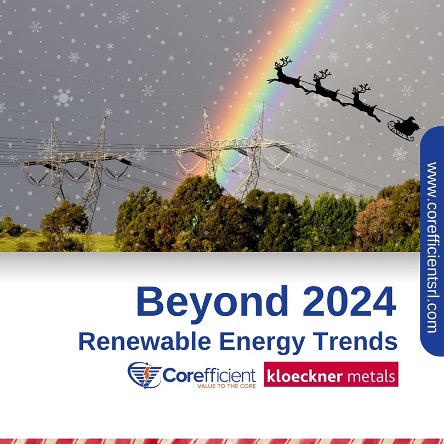
Renewable energy is becoming increasingly popular, and it doesn’t look like that trend will slow down anytime soon. There are a few reasons why this is happening. One of the main reasons is that people are looking for cleaner and more sustainable ways to power their homes and businesses. In addition, there is a growing need for energy in all kinds of industries. It’s an exciting time to join the renewable energy trend!
Many countries plan to produce more renewable energy, making this sector grow faster. Governments worldwide also incentivize people and companies to invest in renewable energy sources like wind and solar power. This is making more and more people interested in using these types of energy, leading to a significant increase in demand.
Finally, new technology has made renewable energy more efficient and less expensive. These new tools make creating power from renewable energy sources more accessible and less costly. This means that more people than ever before can afford to use renewable energy, which is making this industry grow even faster. Factors that are driving this growth include:

Falling costs
Over the past years, we have witnessed a gradual decline in the prices of renewable energy technologies. This trend has made these technologies increasingly accessible and cost-effective, enhancing their competitiveness with traditional fossil fuels.
Government support
Around the world, governments are actively offering financial and other support to encourage the development and growth of renewable energy sources. These incentives aim to reduce our dependence on fossil fuels and promote a more sustainable and environmentally friendly future. Through various programs and initiatives, governments are working to create a more robust renewable energy sector that can help meet the growing demand for clean energy.
Environmental concerns
The growing recognition among the public regarding the detrimental effects of fossil fuels on the environment has led to a surge in the demand for renewable energy sources.
What are the specific financial and other incentives that governments offer to encourage the growth of renewable energy sources?
Feed-In-Tariffs (FITs)
Governments increasingly promote renewable energy sources and employ various methods to achieve this objective. One common approach is using feed-in tariffs (FITs), agreements between utility companies and renewable energy producers. Under these agreements, utility companies purchase electricity from producers at a fixed price for a specified period.

Tax credits and exemptions
Another tactic governments use is providing tax credits and exemptions to those involved in renewable energy production and consumption. For example, the U.S. federal government offers tax credits to individuals who install solar panels or other renewable energy technologies. Grants and loans are also available to help reduce the upfront costs of renewable energy projects.
Net Metering
Net metering is another method used to encourage the expansion of renewable energy. Through net metering, producers can sell surplus power back to the grid, helping to reduce their electricity expenses. Additionally, renewable portfolio standards (RPSs) require utility companies to produce a specific amount of electricity from renewable sources, which helps to increase demand for renewable energy.
Beyond these monetary incentives, governments also utilize other approaches to promote renewable energy. For instance, they can streamline permitting and regulatory processes for renewable energy projects, reducing development time and costs. Public awareness campaigns can also effectively educate people about the benefits of renewable energy and build public support. Finally, governments can fund research and development efforts to improve efficiency and reduce the costs of renewable energy technologies.
Here are some of the most significant 2024 renewable energy trends:
Increased deployment of renewable energy
In the coming years, we can expect a substantial rise in the deployment of renewable energy solutions. Among these, solar and wind power are expected to remain the most prominent technologies. However, experts predict that other renewable energy sources, such as geothermal, biomass, and hydropower, will also gain ground. The need for more cleaner, sustainable energy sources and the falling costs of renewable technology are driving this growth. As a result, we can anticipate a shift away from traditional fossil fuels towards more environmentally friendly and reliable renewable energy solutions.
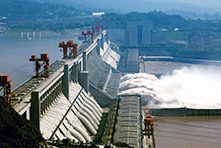
Integration of renewable energy into the grid
As the share of renewable energy in the electricity mix increases, it is essential to develop new ways to integrate these variable resources into the grid. This will require the development of new technologies and policies.
Decentralization of energy generation
The growth of distributed energy resources (DERs), such as rooftop solar and battery storage, decentralizes the energy generation landscape. This renewable energy trend will continue as DERs become more affordable and efficient in the coming years.
Electrification of transportation
The electrification of transportation is another major renewable energy trend that is driving demand. Electric vehicles are becoming more popular and affordable, and governments are investing in charging infrastructure.
Development of new renewable energy technologies
Developers are constantly creating new ones. Some of the most promising new technologies include perovskite solar cells, floating solar panels, and offshore wind turbines.
What technologies and policies are developers creating to integrate variable renewable energy resources into the grid?
Developers are creating a variety of technologies and policies to integrate variable renewable energy resources (VREs) into the grid.

Some of the most common technologies and policies include:
Energy storage
There are ways to store extra energy from renewable sources like the sun and wind. These methods involve using things like batteries and pumped hydro storage. By keeping this energy, we can ensure there’s always enough electricity available, even when the weather isn’t great for generating power. This helps keep things balanced and ensures that everyone has access to the energy they need.
Demand response
Sometimes, when many people use electricity simultaneously, we might be asked to use less of it. This is called a demand response program. It can help us use less “dirty” energy and make using “clean” energy like wind and solar power easier.
Innovative grid technologies
New technologies like smart meters and grid-scale batteries can help the power grid work better. They make using more renewable energy sources like wind and solar power easier, even when they do not always give off the same amount of energy. By using these technologies, we can ensure that the power we need is always available and reliable.
Renewable portfolio standards (RPSs)
Adding to the renwable energy trend, energy providers are required to produce a portion of their electricity from renewable sources, known as RPSs. This helps to support and promote the use of renewable energy and encourage the creation of new renewable energy projects.
Carbon pricing
Putting a price on carbon, like carbon taxes or cap-and-trade programs, can help renewable energy become more affordable than fossil fuels. This can encourage the use of renewable energy sources.
People are working on new ways to use renewable energy sources in the power grid. One way is to combine different sources, like solar panels and battery storage, into a virtual power plant. These plants can help keep the power grid stable by controlling the frequency and voltage of the electricity.

Another idea is to allow people to buy and sell electricity directly to each other without relying on the power grid as much. This can make it easier to use renewable energy sources in the grid.
Developers are creating many different technologies and rules to ensure that renewable energy sources work well in the power grid. It’s essential to keep improving these ideas as renewable energy becomes more and more critical in the future.
Take the next step towards a sustainable future by choosing Corefficient as your trusted partner in the green energy industry. Their commitment to environmental initiatives and energy-efficient cores will not only meet your energy demands but also help make a positive impact on the planet.
Transformer efficiency largely depends on the design and manufacturing of the transformer core. Energy-efficient cores are becoming increasingly important for reducing energy consumption and improving overall efficiency. Optimizing transformer cores’ design and manufacturing processes is essential for achieving optimal efficiency. An efficient transformer core reduces energy waste and improves overall performance.

More about Corefficient:
Looking for energy-efficient electrical cores that meet rising energy standards? Corefficient, based in Monterrey, Mexico, is here to help. Their team of experienced individuals, coupled with the latest technology and financial strength, ensures they deliver the best quality transformer core components. Corefficient aims to create value and dedicates itself to providing excellent customer service. If interested, please call their North American sales engineer at (704) 236-2510.
